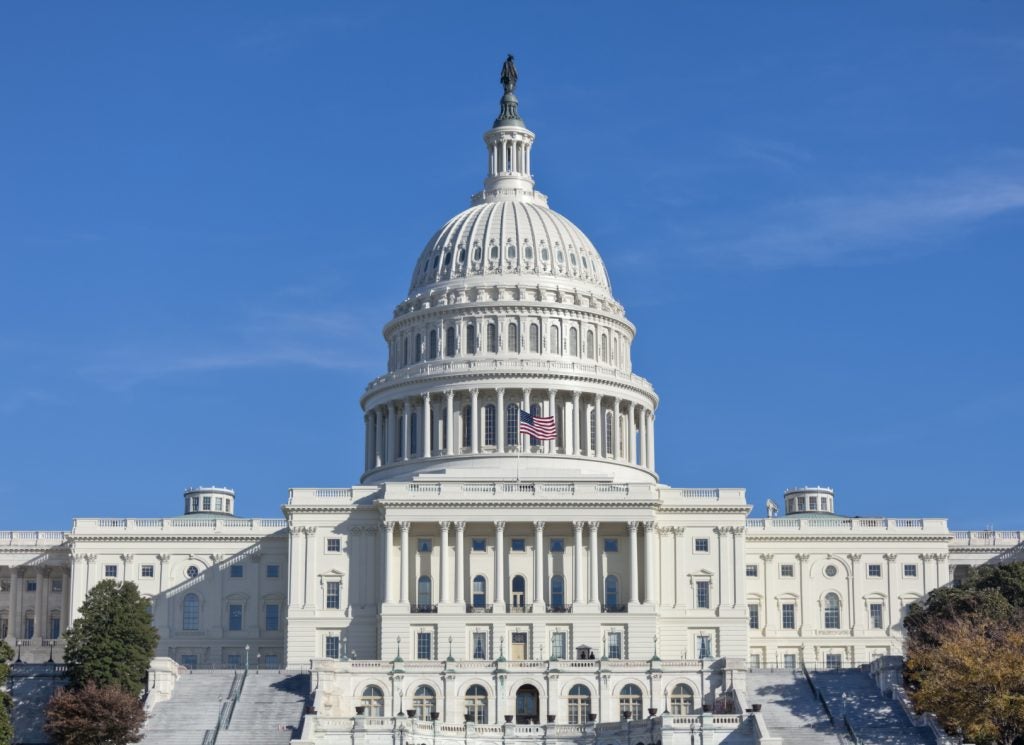“What I aspire to is the grace with which he was able to meet people where they were and, at the same time, challenge preconceived notions.”
I never knew Anthony Bourdain or even saw him in person. Yet, that he existed in the world – that I could turn on the TV or pick up something he’d written and get a dose of inspiration, or laughter, or learn something about food, life, relationships, or what it means to be authentic – was such a gift.
His 1999 New Yorker essay “Don’t Eat Before Reading This,” and subsequent book, Kitchen Confidential, were full of bombast, bad-ass adventure and raw truth-telling. That made him fun to read, and later to watch. But if that is all it was, I doubt I’d find his death so devastatingly sad.
It was his passion for his craft, his love of people, and, ultimately, his talent for being able to suspend his own (strong) biases and beliefs in order to bring people together, that resonates deeply with me as I think about the work I lead for Environmental Defense Fund.
Bridging cultural divides
Bourdain often said that Parts Unknown, the “food show” that made him a global celebrity, wasn’t ever really about food. It was about people. It was about sitting down with them and learning who they were. It was about sharing ideas, asking questions, and opening up their world and their worldviews to the rest of us.
He embraced the dichotomy of the world being a really big place and a small planet all at the same time. Read More »










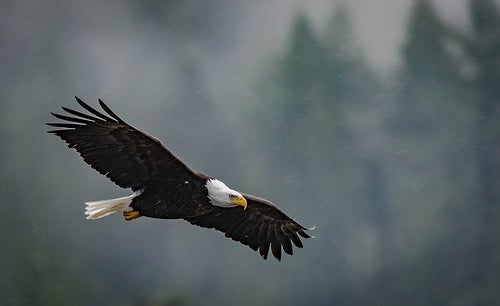
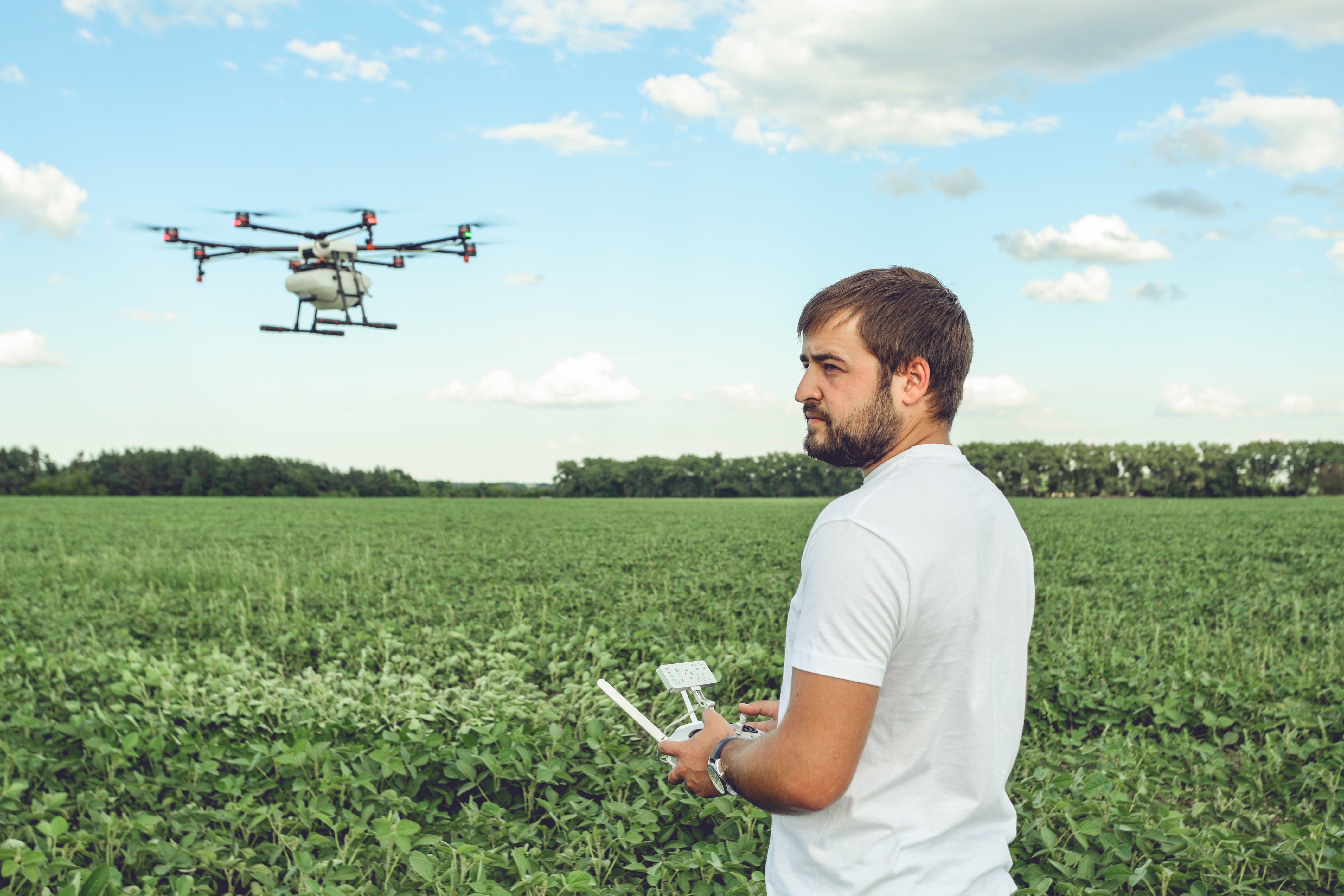
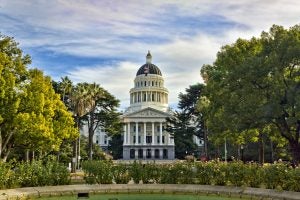

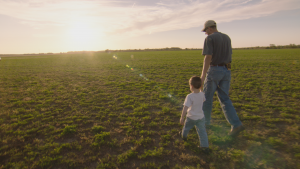 After many years of working to protect the environment, I have come to believe in two big ideas: community and civility.
After many years of working to protect the environment, I have come to believe in two big ideas: community and civility.
